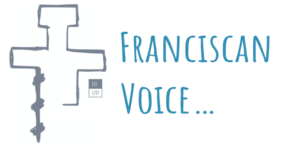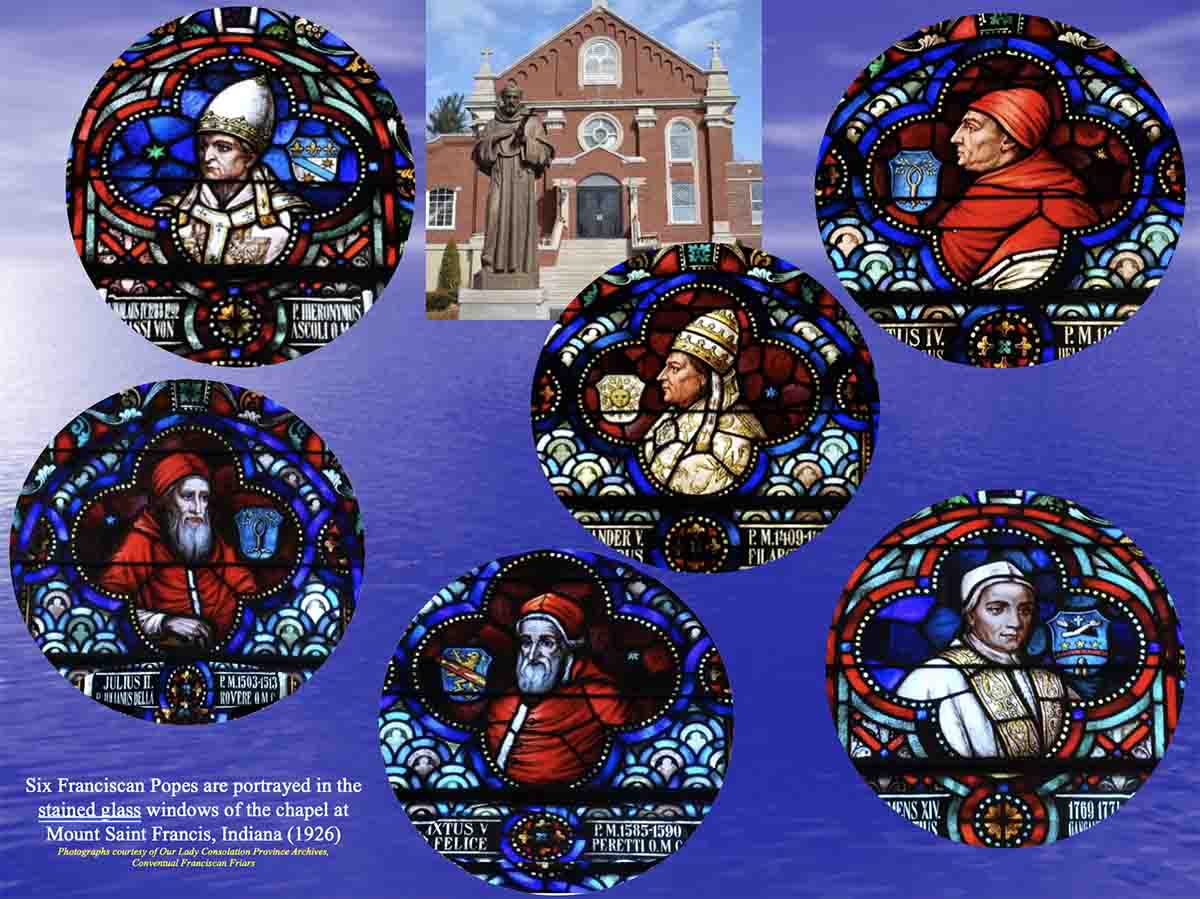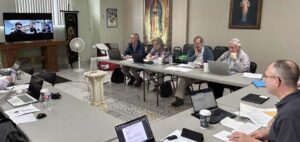The Franciscan popes were innovators, men of culture and the arts, great builders of cities, organizers of law, finances, and government. They strove to achieve their goals for the good of the Church and civil society in an imperfect world. Generally, historians claim there were four Franciscan Popes. We Conventuals honor seven Franciscan Popes.
The first 33 leaders of the Christian Church (popes) were martyred – Saint Peter to Saint Sylvester. In 313, Emperor Constantine proclaimed a “toleration” of Christianity. In 380, the succeeding Emperor Theodosius made Christianity the “official religion” of the Roman Empire. It was then that the popes became powerful leaders in religious and civil society.
Besides receiving spiritual power from Christ, the popes believed if they could also have temporal power then they could compete more practically with earthly princes for world peace. King Pepin, the ruler of what became known as the Holy Roman Empire, donated the central territories of Italy to the papacy. Pepin’s son, Charlemagne, confirmed the donation in 781. These papal states were governed by the pope as the papa-re (pope-king) between 754 until 1870.
A Timeline

– Excerpt from a presentation by friar Joseph Wood OFM Conv.
The next post in this series will tell the story of Pope Gregory XI (?) Vicedomino de Vicedominis. Born in Piacenza, Italy, and probably a nephew or cousin to Pope Gregory X who created him a Cardinal in 1273, Vicedomino may have been the ‘first’ Franciscan Pope 12 years before Nicholas IV – had he lived long enough to be crowned…



